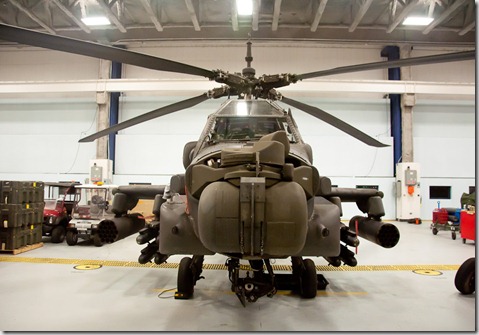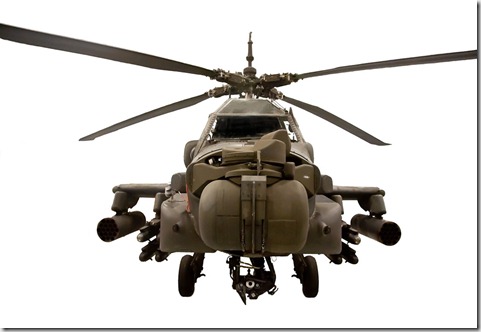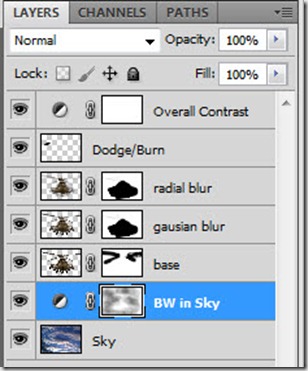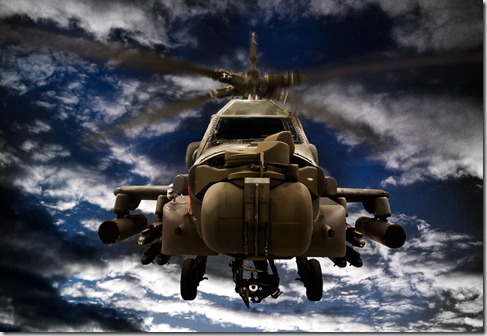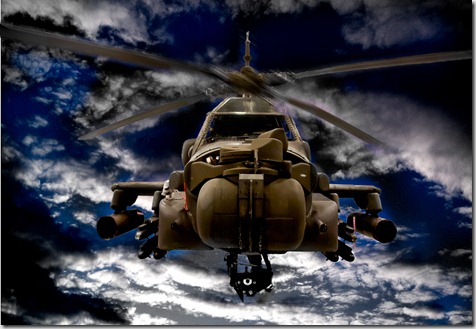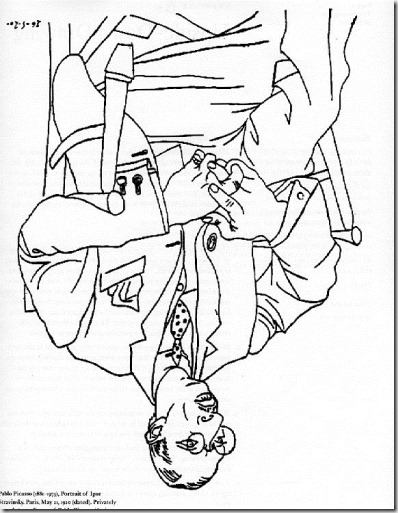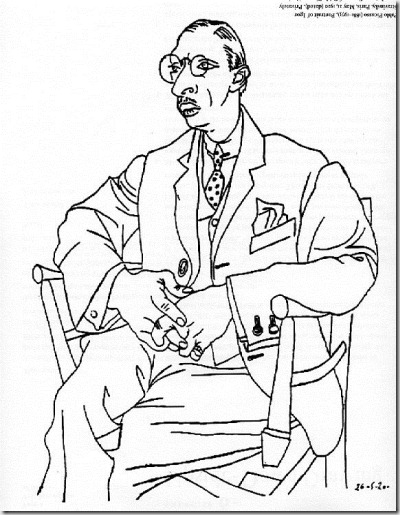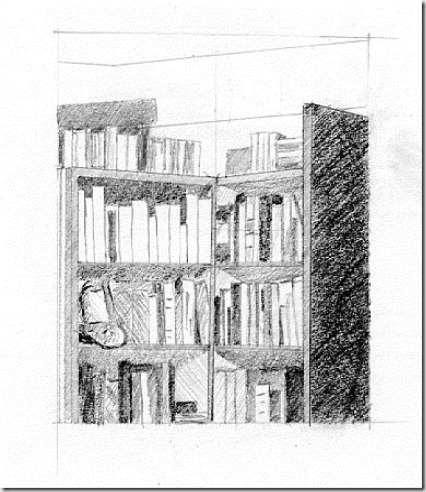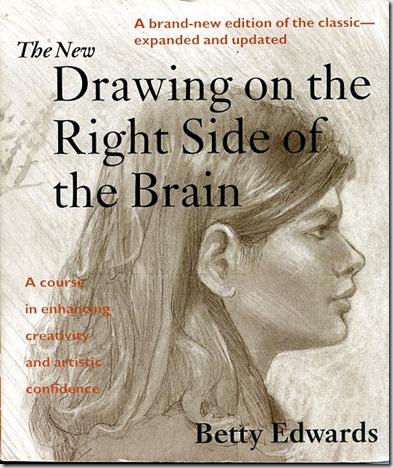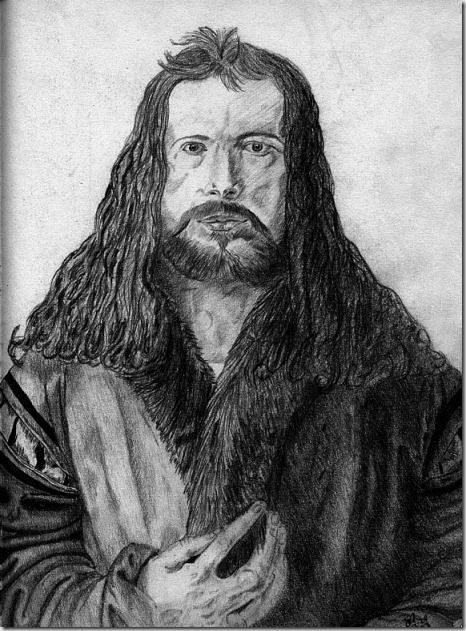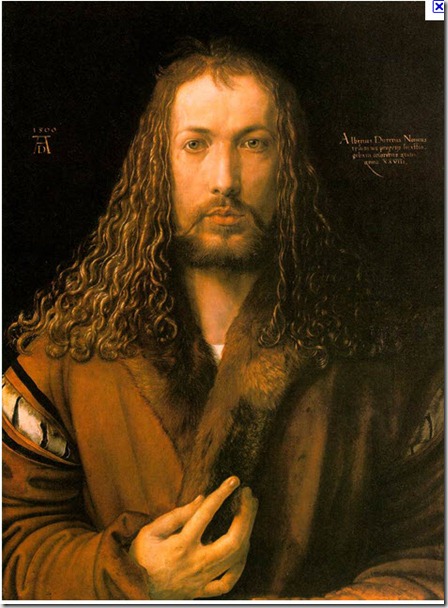After too many years of bad software help files I’ve stopped believing that there is anything helpful behind the help button. Instead I buy the book and think that is better.
Photoshop is changing that. There are so many Photoshop books out there its easy to forget that the program comes with help. And its good stuff. Even more important it is a base level of information that the books skip. Sure they show you how to change images from this to that. They tell you what buttons to push, but they don’t put them in context. So I can use a command for that one thing, but I’m missing out on all the variations of the tool.
Until I push the help button. For free…
I pulled the following from the Photoshop help on Free Transform and added examples.
Free Transform
The Free Transform command lets you apply transformations (rotate, scale, skew, distort, and perspective) in one continuous operation. You can also apply a warp transformation. Instead of choosing different commands, you simply hold down a key on your keyboard to switch between transformation types.
Note: If you are transforming a shape or entire path, the Transform command becomes the Transform Path command. If you are transforming multiple path segments (but not the entire path), the Transform command becomes the Transform Points command.
Select what you want to transform.
Choose Edit > Free Transform.
To Scale by dragging, drag a handle. Press Shift as you drag a corner handle to scale proportionately.
To Rotate by dragging, move the pointer outside the bounding border (it becomes a curved, two-sided arrow), and then drag. Press Shift to constrain the rotation to 15° increments.
To Distort Relative to the center point of the bounding border, press Alt (Windows) or Option (Mac OS), and drag a handle.
To Distort Freely, press Ctrl (Windows) or Command (Mac OS), and drag a handle.
To Skew, press Ctrl+Shift (Windows) or Command+Shift (Mac OS), and drag a side handle. When positioned over a side handle, the pointer becomes a white arrowhead with a small double arrow.
To Apply Perspective, press Ctrl+Alt+Shift (Windows) or Command+Option+Shift (Mac OS), and drag a corner handle. When positioned over a corner handle, the pointer becomes a gray arrowhead.






